Wild Fermentation - Homemade Cultured Yogurt
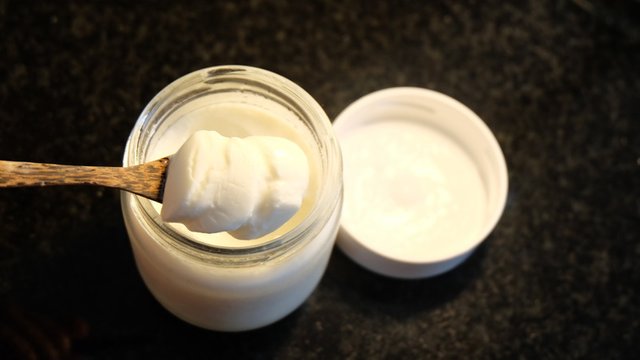
Nothing beats homemade! If you have never made your own yogurt, then I have some good news. It is incredibly easy to make and once you got a culture running, the process gets even easier.
Homemade yogurt requires very little ingredients or specialized equipment. I invested in a yogurt maker (because they are cheap and we make about two batches of dairy and/or coconut yogurt every week).
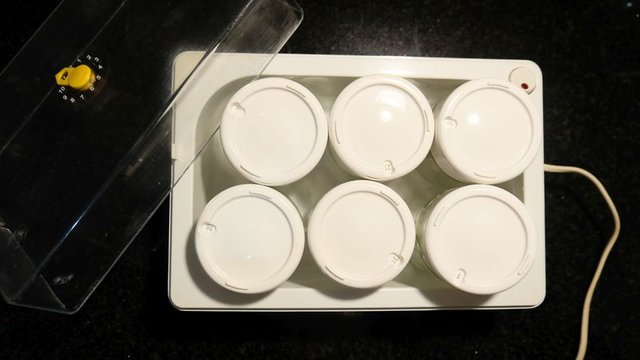
However, there are many other possible incubators you might already have in your home. A simple thermos, or Dutch oven, for instance, will do the trick. Or I have used sealed glass containers and my oven light in the past! Works too. Or I have heard that some people actually use their slow cooker. Be creative!
While yogurt can be made with any kind of milk, for your first batch(es) I recommend whole milk as it produces a thick, rich natural end product. After you got your culture going, you can experiment with different kind of milks like skim milk or even coconut milk (one of our favorites).
Ingredients & Equipment
4 cups milk (or 1 carton of 1 liter)
Yogurt starter (see below for more info)
Clean glass jars with lid
Oven/thermos/yogurt maker/Dutch oven
Thermometer (optional for non-yogurt maker options)
Yogurt starter options:
2 probiotic capsules
or
1 teaspoon, small vial, or sachet probiotic powder or yogurt starter (often requires to be dissolved in milk before its use, read instructions for more info)
or
¼ cup yogurt from your previous batch or store-bought yogurt that mentions life enzymes or bacteria on the label.
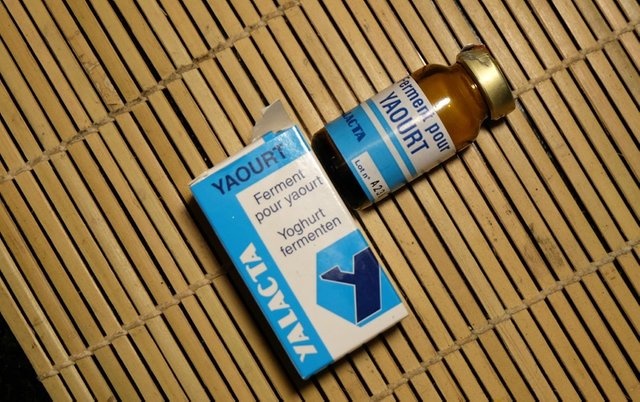
Instructions (prep time: 5 min, wait for 5-24h)
- If using starter culture powder, dissolve in a little milk, stir well, cover and let sit/activate for 1 to 2 hours. Or follow the instructions provided.
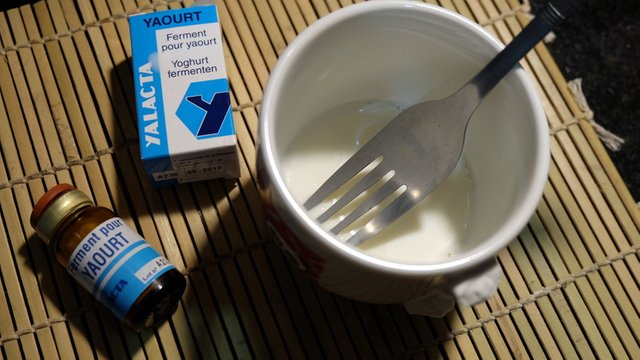
2.Pour the milk into a pot (or Dutch oven, if using that method) and set over medium to medium-high heat. Warm the milk to its boiling point (the point where the milk just starts to come up and foam). Turn off the heat. While cooking, stir the milk gently to make sure it doesn’t boil over or scorches to the bottom.This heating step is necessary to change the structure of the milk proteins to make a thicker, more solid yogurt.
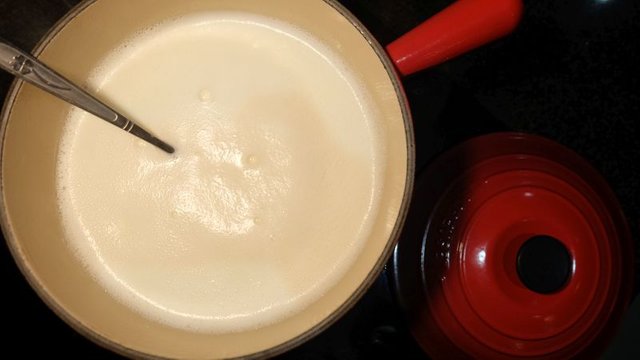
- Let cool until it is just warm to the touch. Keep the lid on the pot while cooling to avoid contaminations.
- Then add bacterial culture (¼ cup cultured yogurt from a previous batch or store-bought yogurt, probiotic capsules, or pre-prepped yogurt starter). Stir well until incorporated. This inoculates the milk with the yogurt culture of your choice. Do not add the culture when the milk is still hot (above 110 °F ), this will kill the friendly gut bacteria or probiotics.
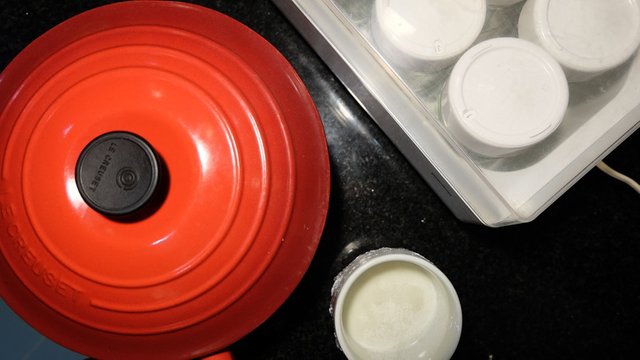
- If using a yogurt maker, pour into clean jars and incubate in the yogurt maker without their lids. This will take anywhere from 5-12 hours.
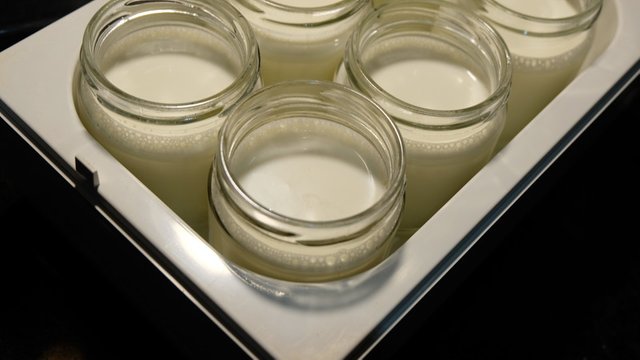
- Thermos/Oven/Dutch oven method: pour into clean jars and lightly seal the jar with the lid. Put them in the oven with the light turned on. Place as close as possible to the light. This will generate enough heat to make the yogurt. Do not turn your oven on. If you used a Dutch oven, put the lid back on and place the pot as close as possible to the oven light. You can also make the yogurt in a dehydrator left at 110°F. Or pour into a thermos to keep warm.
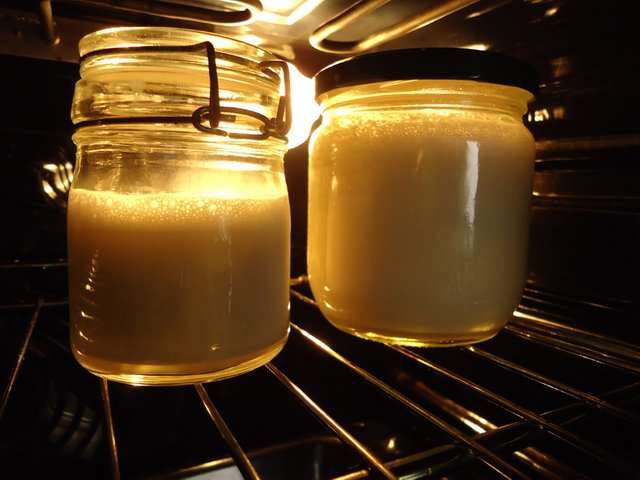
- Let the yogurt set for at least 4-6 hours or as long as 24 hours — the exact time will depend on the culture you used, the temperature of the yogurt, the temperature of the room, and your yogurt preferences. The longer you incubate, the more it will thicken and create a tart flavor.
IMPORTANT: avoid stirring or jostling the yogurt until it has completely set. - Refrigerate for up to one or even two weeks and don’t forget to save ¼ cup to make your next batch. Or why not start another batch with full-fat coconut milk right away.
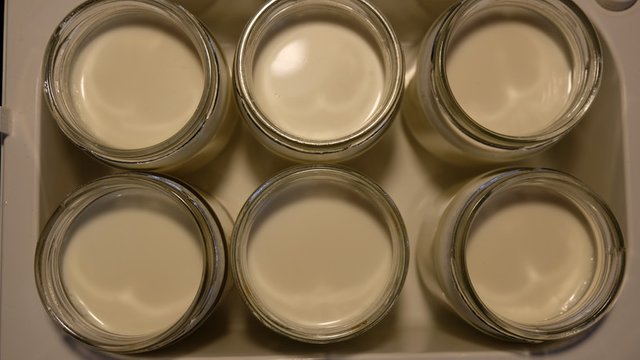
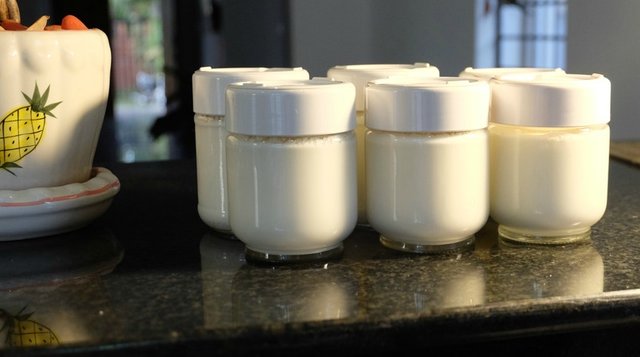
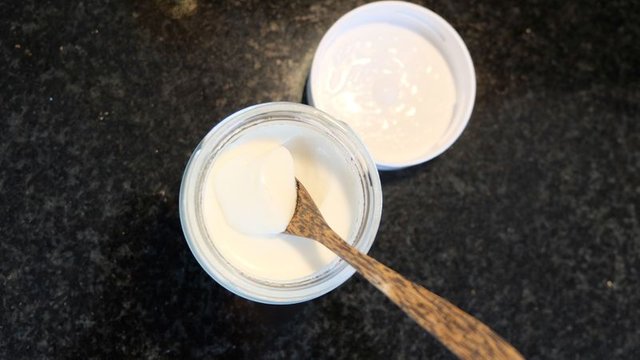
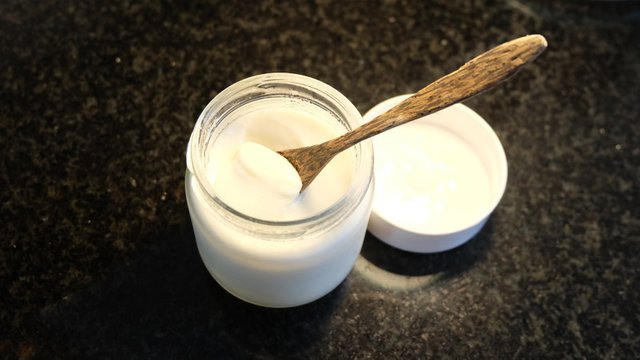
Notes:
- For coconut yogurt you don’t have to boil to milk, but you can slightly heat to about 110°F if not using an oven light or yogurt maker. You can use ¼ cup of your freshly made yogurt as a starting culture per 2 cans of full-fat coconut cream or coconut milk. If you prefer a thicker consistency make sure to use full fat cream and refrigerate the cans for a few hours, so the cream rises to the top of the can. Only use the cream to make the yogurt and save the water to make a delicious coconut flavored smoothie. If you don’t mind a runny yogurt use to water too.
- Make sure to use clean materials, all washed in hot water. Clean working surfaces before you start to avoid contamination of mold or other bacteria that will ruin your yogurt.
- After a while you’ll now exactly how long you want your yogurt to incubate. In the beginning, you might want to do a few taste tests after 6 hours of incubation. When I previously used the glass jar and oven method for my coconut yogurt I removed the yogurt out of the oven after 24-26 hours. It was still quite runny when I took it out but always thickened after one day in the fridge. For the yogurt maker way, I usually incubate 10-12 hours for a thick, tart yogurt and a bit longer for the coconut milk.
- When the yogurt is incubating bubbles may appear on the surface, which is normal and a good sign that the bacteria are multiplying.
- 110°F is the ideal temperature for the bacteria or culture to multiply. However, close to cooler temperatures are also fine while it's incubating. It will take a little longer to set and might end up a little looser, but the bacteria in the yogurt culture will keep the milk from spoiling.

Happy fermenting!

Thanks for sharing this! I always wanted to try to create my own yogurt, so I might just attempt to use your recipe and guide soon :)
You're welcome. It is actually super easy! Good luck!
Very Useful article. Thanks.
You're welcome!